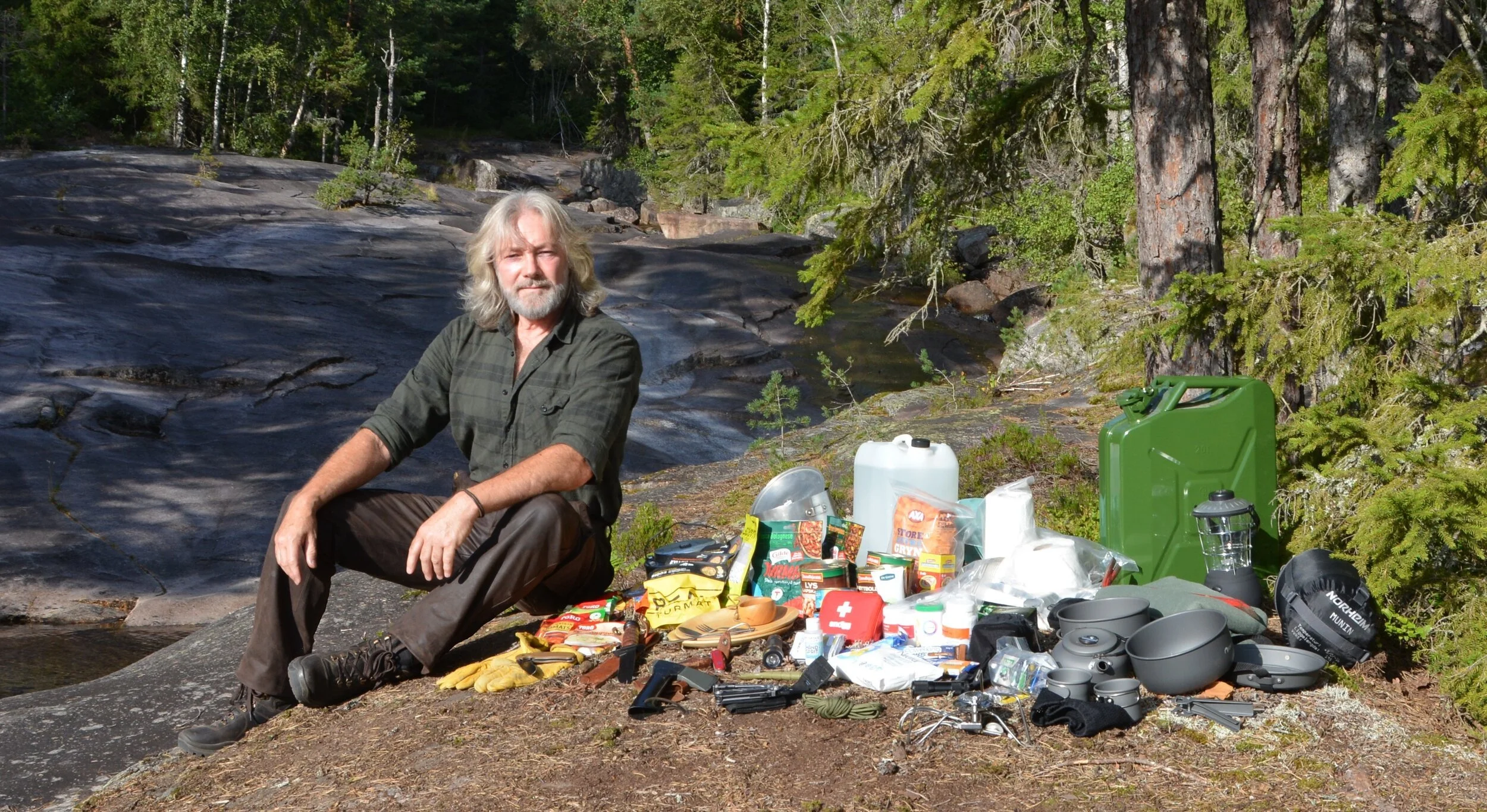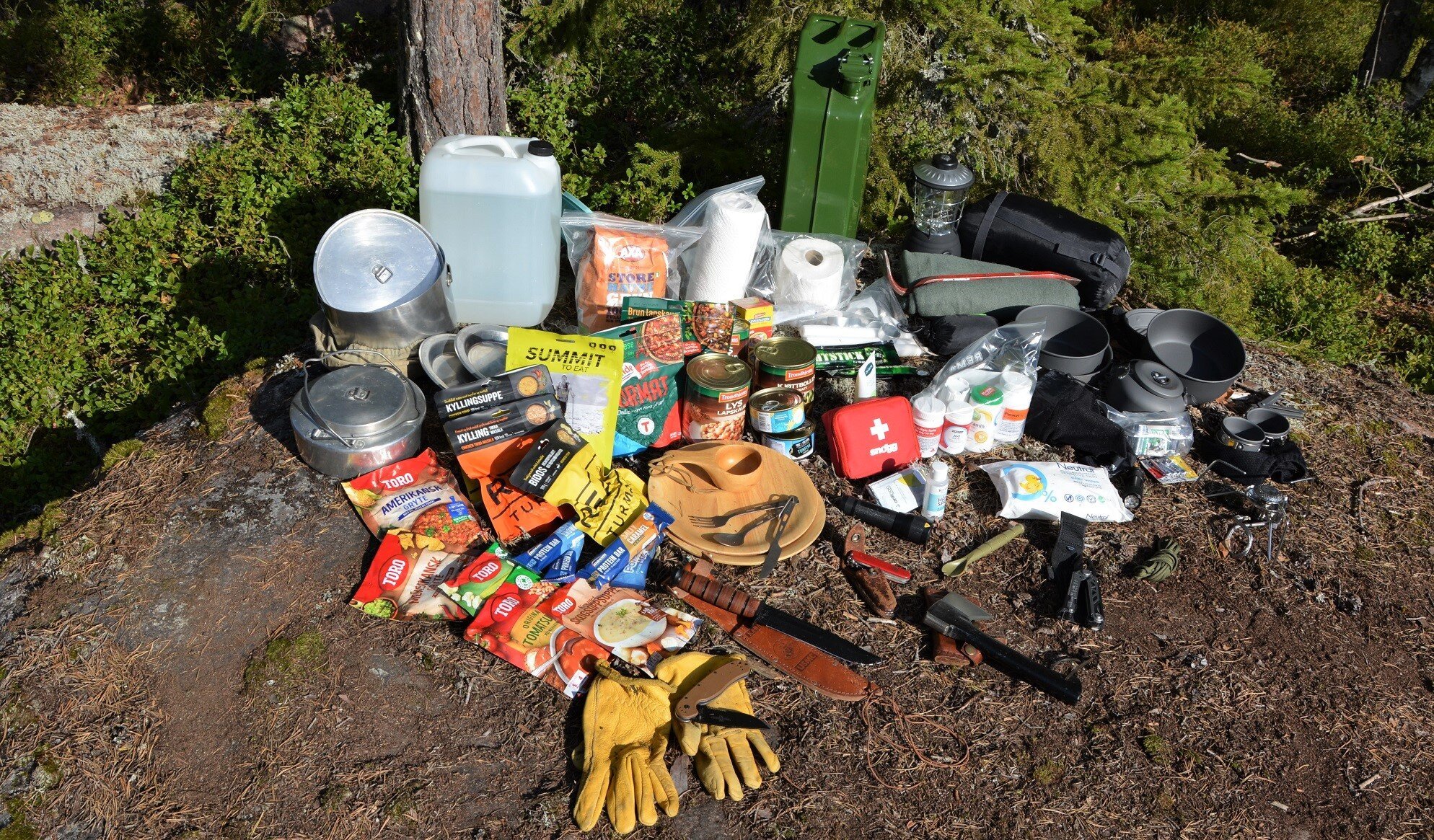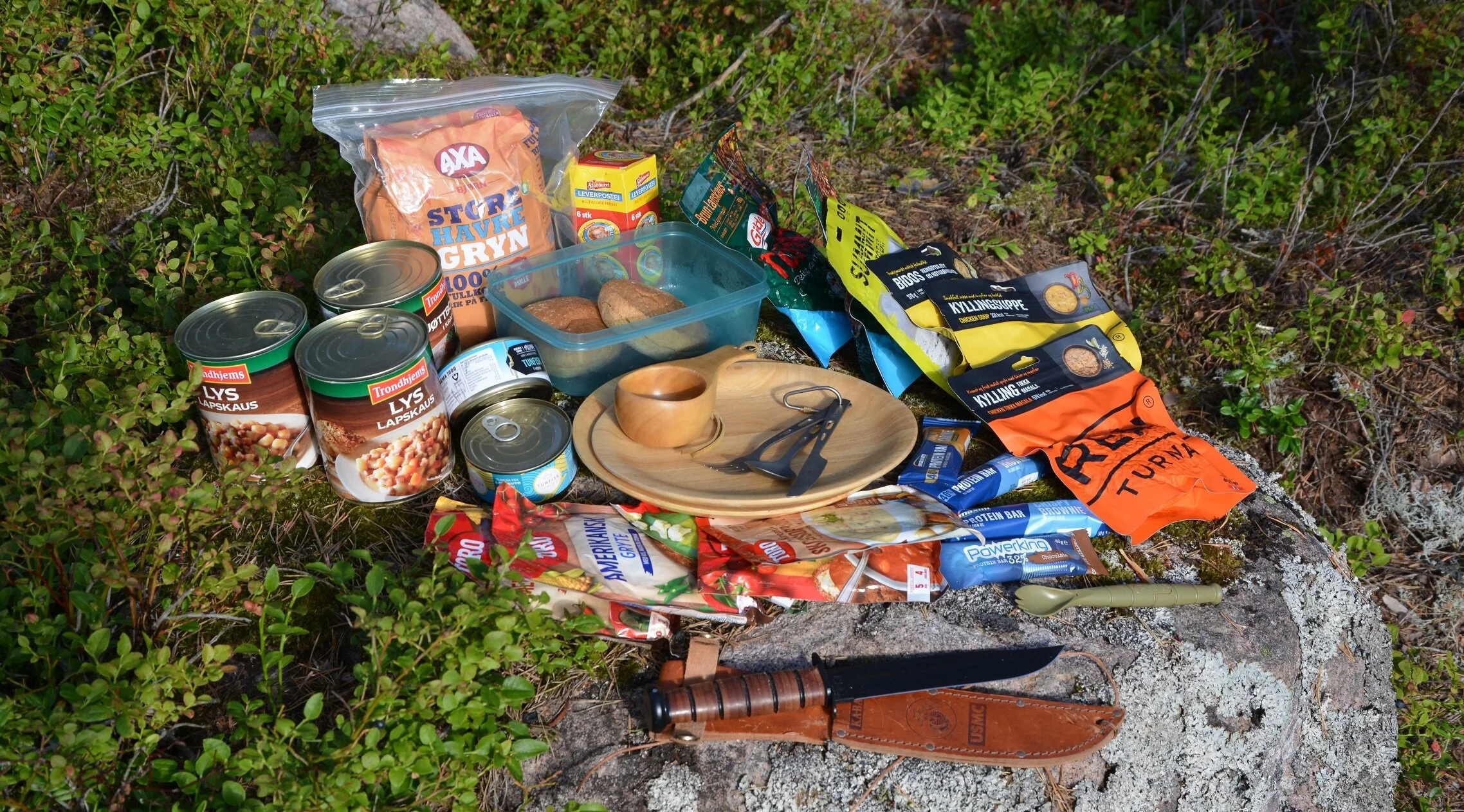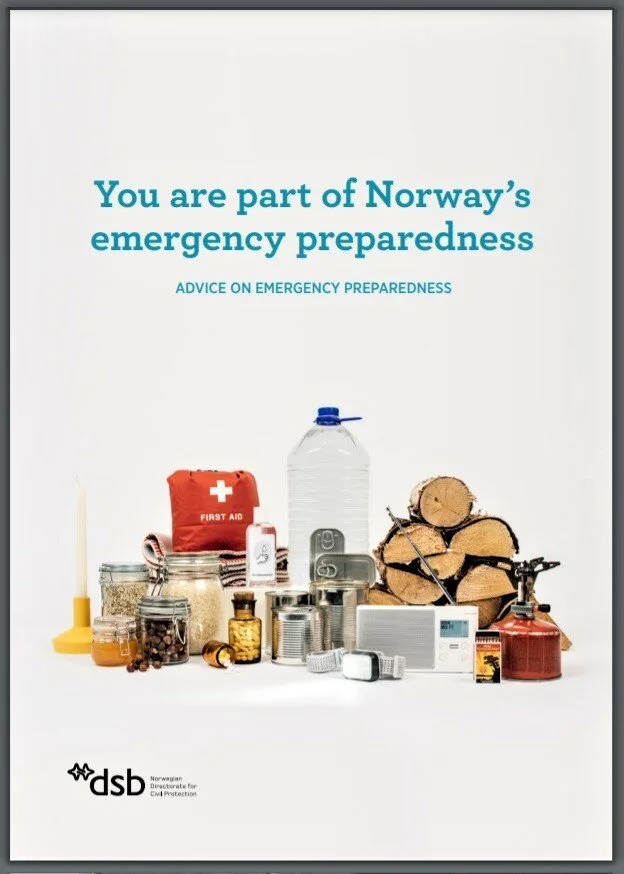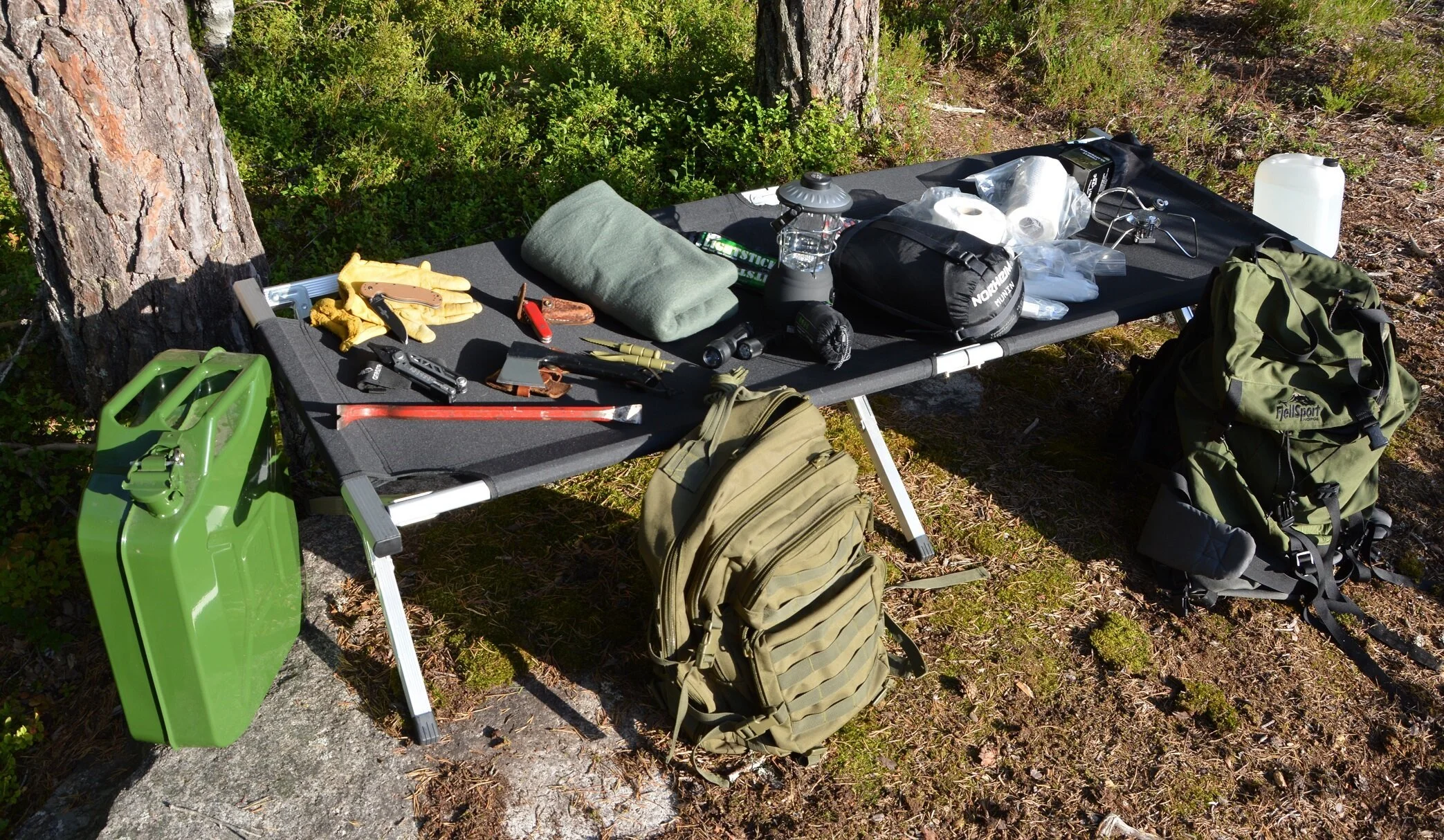SURVIVAL GUIDE FROM NORWEGIAN GOVERNMENT by Tyr Neilsen
/The Norwegian government wants its citizens to be prepared and able to survive. This isn’t exactly common knowledge in Norway, but the government has a permanent website with this information in both Norwegian and English, and the title reads:
YOU ARE PART OF NORWAY’S EMERGENCY PREPAREDNESS
ADVICE ON EMERGENCY PREPAREDNESS
The Norwegian Directorate for Civil Protection (DSB - Direktorat for samfunnssikkerhet og beredskap), has created an emergency preparedness guide for every single Norwegian. This guide is full of good sense information for emergency preparedness, as well as explaining what might happen in such an emergency.
NEED FOR PREPERATION
Emergencies can happen at any time. The consequences of being unprepared can be devastating. Being prepared for an emergency helps you think more clearly, have a greater sense of control, and make better decisions in such a situation. If a national emergency occurs, there will be many demands on local government and emergency services, and they might not be able to help you immediately because they have to focus their efforts elsewhere, which means you need to be prepared to help yourslelf.
The Norwegian emergency preparedness guide provides a sensible outline of what people will need in a national emergency situation without creating panic. It starts by saying that whilst Norway is a safe and stable country, it is also vulnerable, then states something that might not be obvious to everyone, which is that Norway depends on various forms of energy, water, and internet, in order to stay safe and stable.
The guide lists things that can jeopardize this stability, such as storms, natural disasters, technical problems, sabotage, terrorism and war. As such situations could result in power outages and problems with supply of water, food and other essentials, this guide explains to Norwegians that they could end up in need of help in a crisis, and that they should prepare so that they can take care of themselves and those around them.
In this guide, the Norwegian government requests that all households take care of some basics to improve their own emergency preparedness, and proceeds to describe these basics. The guide lists items each household should have to keep themselves self-sustained for at least 3 days.
The list includes:
9 liters of water per person. 2 packs of crispbread per person. 1 pack of oat porridge per person. 3 boxes of canned food or 3 bags of dried food per person. 3 boxes of sandwich spreads or jam with long shelf life per person. A few bags of dried fruit or nuts, biscuits and chocolate. Any medication that you are dependent on. Wood, gas or paraffin stove for heating. Gas fueled grill or cooker. Candles, flashlight with batteries and paraffin lamp. Matches or lighter. Warm clothes, blankets and sleeping bags. First aid kit. Battery powered DAB radio. Batteries, battery bank and mobile charger for the car. Wet wipes and disinfectant. Paper towels and toilet paper. Cash. Extra fuel and wood/gas/paraffin/denatured alcohol for heating and cooking. Iodine tablets in case of a nuclear event.
The 3-DAY BASIC NEEDS
As not everyone has thought about such a situation, or has experience in bushcraft, the Norwegian government’s guide not only lists the basics for what a Norwegian citizen would need to survive 3 days, it goes on to explain in small chapters exactly what each citizen should do to prepare for an emergency.
FOOD
According to this guide, each citizen should have enough food. It asks Norwegians to think about how they can prepare food if there is no power or water supply. It also explains that if a person has pets or special dietary needs, that they will need to plan for these also.
The guide asks that people make sure they have sufficient food to last for some extra days. It recommends getting extra food with long shelf life. Food that can be stored in room temperature and some food that can be eaten without being heated, such as crispbread, canned spreads, soups, hiking food, canned dinners, energy bars, and dried fruit and nuts.
DRINK
The guide says each person needs at least 3 liters of clean water a day for drinking and cooking. Any water should be stored in a cold, dark and frost-free place such as a shed, garage or outhouse. For people who have done this, the guide reminds them to replace the water at least once a year, preferably on a fixed date.
The guide explains how to make sure Norwegians have enough fluids by buying bottled or canned water from a store, or by cleaning bottles or cans, then filling them to the brim with cold tap water and sealing them. The guide also explains that juice, soft drinks and other non-alcoholic beverages can cover some of the need for fluids.
HEAT


